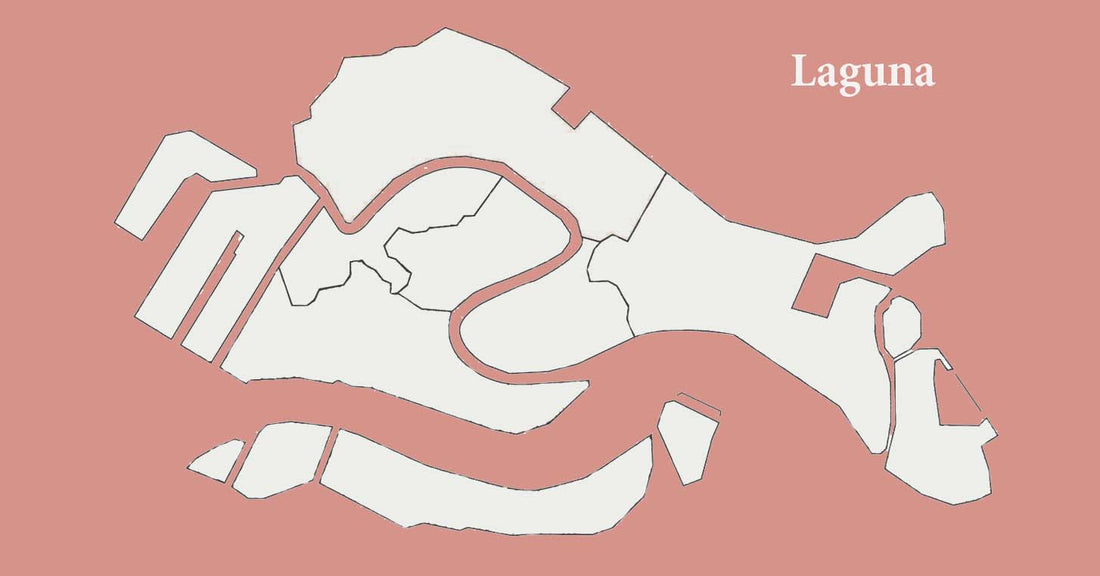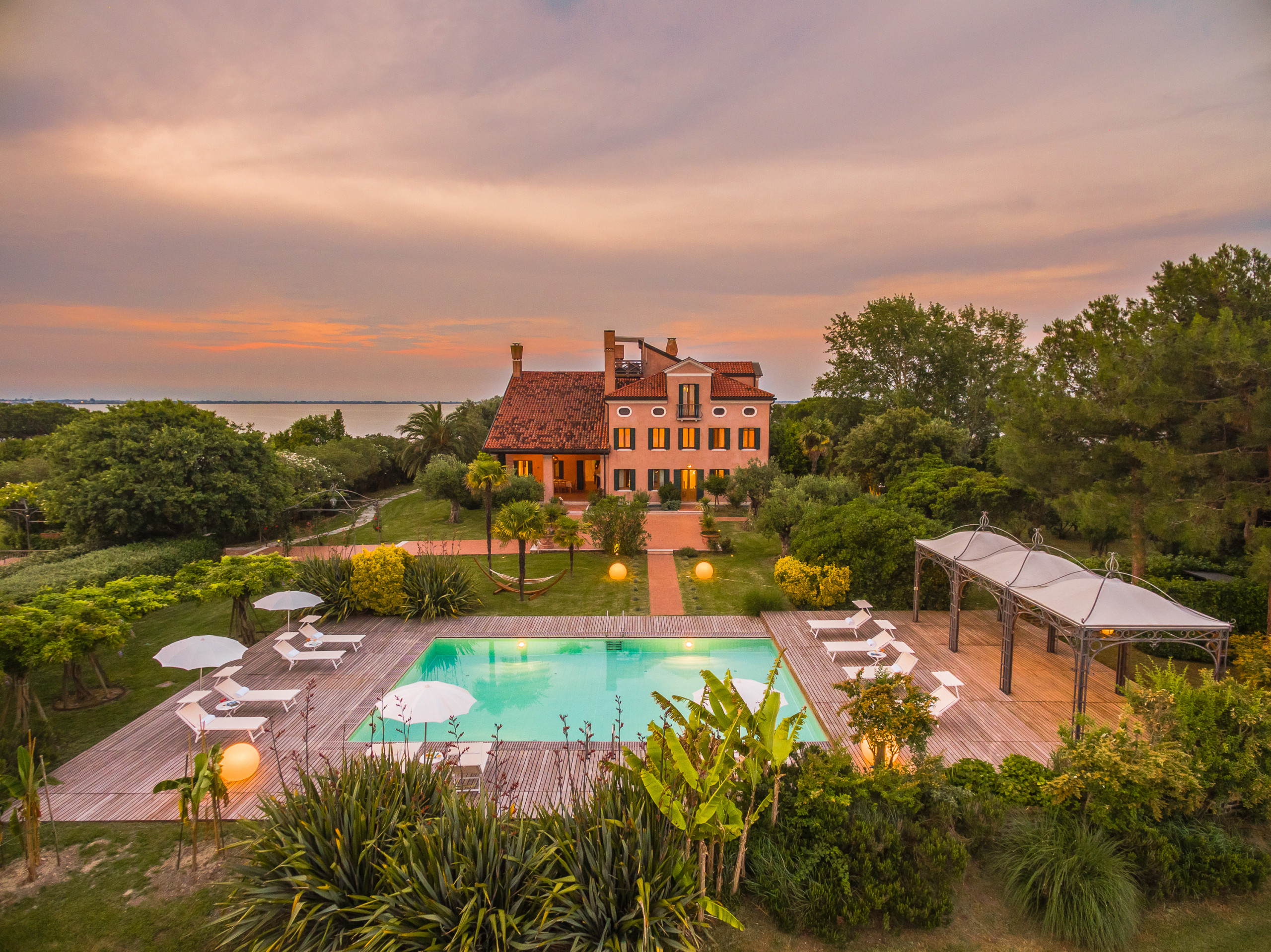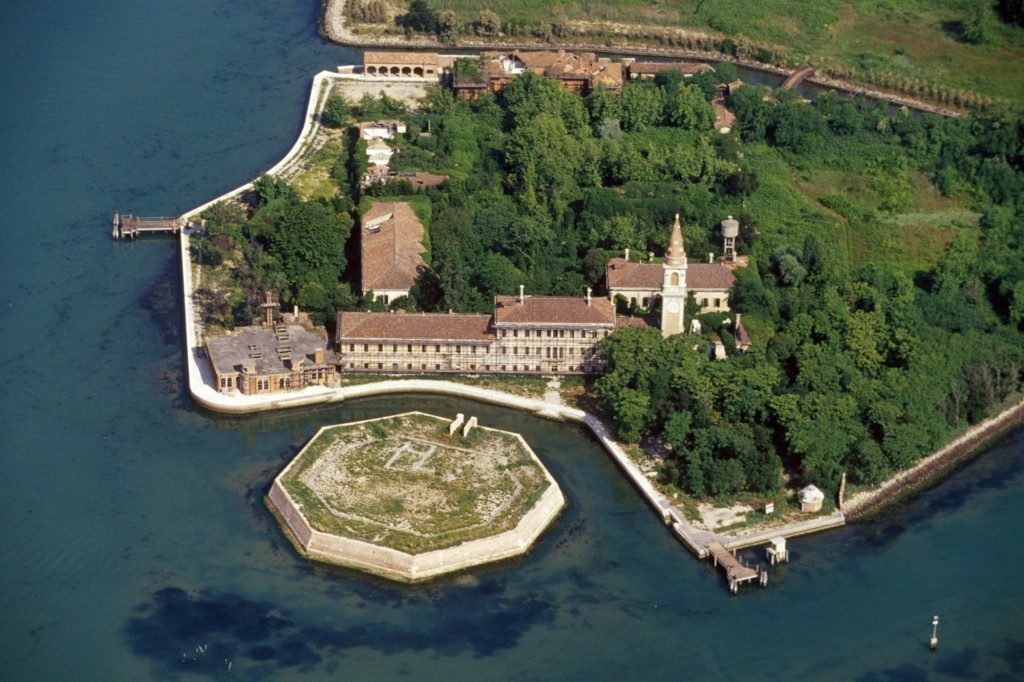
Laguna
Islands to Explore in the Venice Lagoon
 Lido di Venezia
Lido di Venezia
Mazzorbo (Ristorante Venissa)
A small bridge links Burano to Mazzorbo, where Venissa stands in the shade of a bell tower in a bucolic setting of vegetable gardens and vineyards. A walled vineyard acts as a backdrop to the restaurant, while the young team in the kitchen skilfully produce imaginative dishes from the typical ingredients of the lagoon, such as fish and shellfish caught by local fishermen, vegetables cultivated on the restaurant's estate, and the herbs which grow wild among the vines.
Water Boat: To get to Mazzorbo, take the LN vaporetto (waterbus) from Fondamente Nove in Venice, which departs at 10 past and 20 to each hour.
Website: Venissa
Instagram: @venissa
 Sant’Erasmo
Sant’Erasmo
Sant’Erasmo is the largest island in the Venice lagoon, though it is better known for its agriculture than its architecture. The so-called “countryside” of Venice, Sant’Erasmo is sparsely populated and the land is largely used to grow produce like peas, asparagus, figs, and the island’s famous violet artichokes: these mineral-rich fruits and vegetables are then sold at the buzzing Rialto market in Venice. This is a great place to get away from the hustle of Venice and enjoy a picnic or bike ride through the island’s picturesque roads.

Isola Santa Cristina
It may be hard to imagine a wild, eco-sustainable island thriving in the Venice Lagoon, but Santa Cristina is just that. This private island hotel, only accessible to guests staying at the resort, offers an exclusive natural experience for those lucky enough to visit: the island boasts fishing ponds, orchards, vineyards, and wild animals such as peacocks, pheasants, and pink flamingos. The island retreat is owned by a family who have infused the property with their passion for sustainability, organic living.
 San Francesco del Deserto
San Francesco del Deserto
Surrounded by cypress trees and pines and dominated by a 13th-century Franciscan monastery, San Francesco del Deserto is an idyllic refuge in the Venice Lagoon. It is named for San Francesco d’Assisi, who spent time on the island in the year 1220, and is home to a handful of friars who reside in the monastery and offer tours of the grounds and two cloisters. The island is only accessible only by private transport, so it’s best to organize a boat excursion departing from nearby Burano.


 Lido di Venezia
Lido di Venezia
 Poveglia
Poveglia